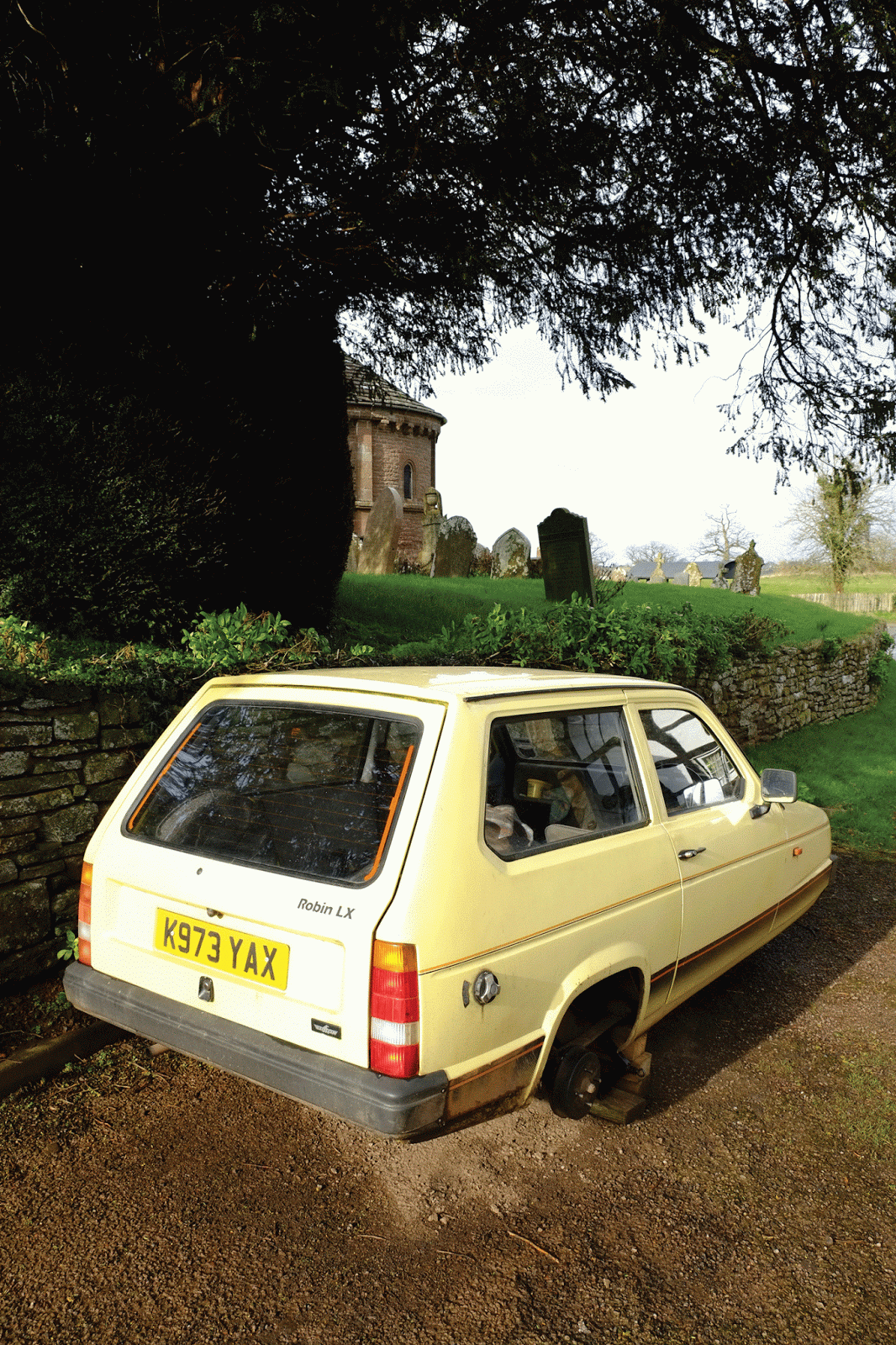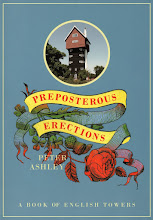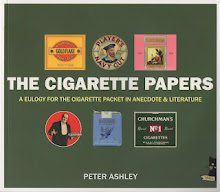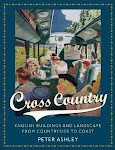Tuesday 25 March 2014
Ardent of Faversham
A brief return to Faversham, one of my favourite places. In his 1969 Shell Guide to Kent Pennethorne Hughes says 'A delightful market town and small port, obviously conscious of its historical and architectural heritage, but busy and contemporary. It has no showpiece for gogglers, but any number of pleasant buildings.....[and] has various industries: grain and flour, oysters, bricks, canning and packing works for the fruit and vegetables from the country roundabout, and a pleasant and occasional smell of brewing'. It still feels as though bricks and flour should be stacked up on the quayside, and there is certainly much activity down there, but the town still has at its heart the brewer, Shepherd Neame, the oldest brewer in Britain. (Check out their Unmitigated English new bottle labels.) The town is also the setting of Arden of Faversham, a brilliant play once ascribed to both Shakespeare and Marlowe. Murder and mayhem amongst the grain sacks.
Oddly, the Shell Guide has only one Faversham photograph, by Edwin Smith, of the 1574 Guildhall perched on its timber supports. So I'm hoping the picture above of Standard Quay gives something more of both the flavour of the town and the Shell Guides sense of place, following far behind in the footsteps of Smith, John Piper et al. The big white house is, I believe, an old Customs House.
A correction to the above has arrived at Ashley Towers from a stalwart of the Fleur de Lis Heritage Centre in Faversham, who tells me that the 'Customs House' I had assumed it was is, in fact, '...the home of John Matthew Goldfinch, our foremost builder of sailing barges, who had his yard next door. His most famous barge was the eponymous Goldfinch, launched c1894. She was sold out of British service c 1930 and sold to a sugar company in what is now Guyana. The key point is that she crossed the Atlantic under sail, with no auxiliary.Yet she was designed only for UK coastal waters and short trips across the Straits of Dover and southern North Sea to ports from NE France to the Baltic.'
Labels:
Apples,
Flour,
Grain,
Gunpowder,
Oysters,
Shepherd Neame,
Tinned Peas
Thursday 13 March 2014
His Nibs
You know how it is. You set yourself the task of finding one thing (in this case two 1980s chutney jars, don't ask) and you find that when you've finally exited the be-mildewed outhouse your kitchen table is groaning with piles of other stuff you've found. "Well I never, fancy seeing that again. How lovely". So why was it in there in the first place? There must be name for this. I'll call it the Slawston Syndrome to be going on with. This Silveroid Stainless Steel Fountain Pen Nib display card nearly made it into Unmitigated England, so perhaps in disgust at rejection it wrote itself into the brick outhouse. But it's a very timely reappearance, as there is now serious talk of a third Unmitigated England Book. Which I can't wait to start. Perhaps I'll try using one of the non-corrodible nibs to kick-off my thoughts. After all, it says they have '3 Degrees of Point'. I've had that myself sometimes.
Labels:
Fountain Pens,
Inks,
Nibs,
Smudgy Fingers,
Tiny Pieces of Elastic
Wednesday 5 March 2014
Walsingham Windows
And so to Walsingham in Norfolk. All very odd, and I'm dyed-in-the-wool C of E. The oddest thing for me is that the Shrine to Our Lady of Walsingham is in fact Anglican. This is the Church of England so high it must have rocketed over the border into full-on Catholicism. The streets are permeated with the smell of incense and elderly spinsters in nun-style headscarves staring beatifically into the distance as they stand blocking up parking spaces. We were looking for shriney things, and quickly found a dusty shop window filled with plaster saints. My companion photographed one with an enormous £11.50 price tag round Joseph's neck, and we wandered into the Abbey grounds. Well, not exactly wandered, we had to negotiate a lady having trouble with the till who took eight pounds off us to look at snowdrops and a ruined arch.The actual Shrine place was more interesting, if very disturbing. A pale brick building that looks like a bus station in Romford hides a garden full of bricked and gilded stations of the cross and a perfect set of three crucifixes on a grassy knoll. It was with relief that we saw these cleansing fluids on a dusty window sill as we fled to Brancaster and two big plates of whitebait.
Labels:
Headscarves,
Pilgrims,
Saints,
Shrines,
Snowdrops,
Troublesome Cash Tills,
WD40
Monday 3 March 2014
Robin and Yew
A couple of days in Herefordshire, and an essential visit to Kilpeck church, one of the best preserved Norman churches in the country. Many will know of this pink sandstone building high on its knoll next to the castle, mainly for the incredible doorway with its Green Man (the object of my visit) and the course of corbels running around the top of the walls. Such a medieval pageant of heads and faces, upside down pigs, doves, musicians, acrobats and wrestlers. And then outside this little Reliant Robin under the yews, losing yet another wheel. Its elderly owner stood by it, staring at the space where the third of only three wheels ought to be, lost in thought. Probably remembering slow excursions down Herefordshire lanes, leaning gently into the bends.
Subscribe to:
Posts (Atom)











